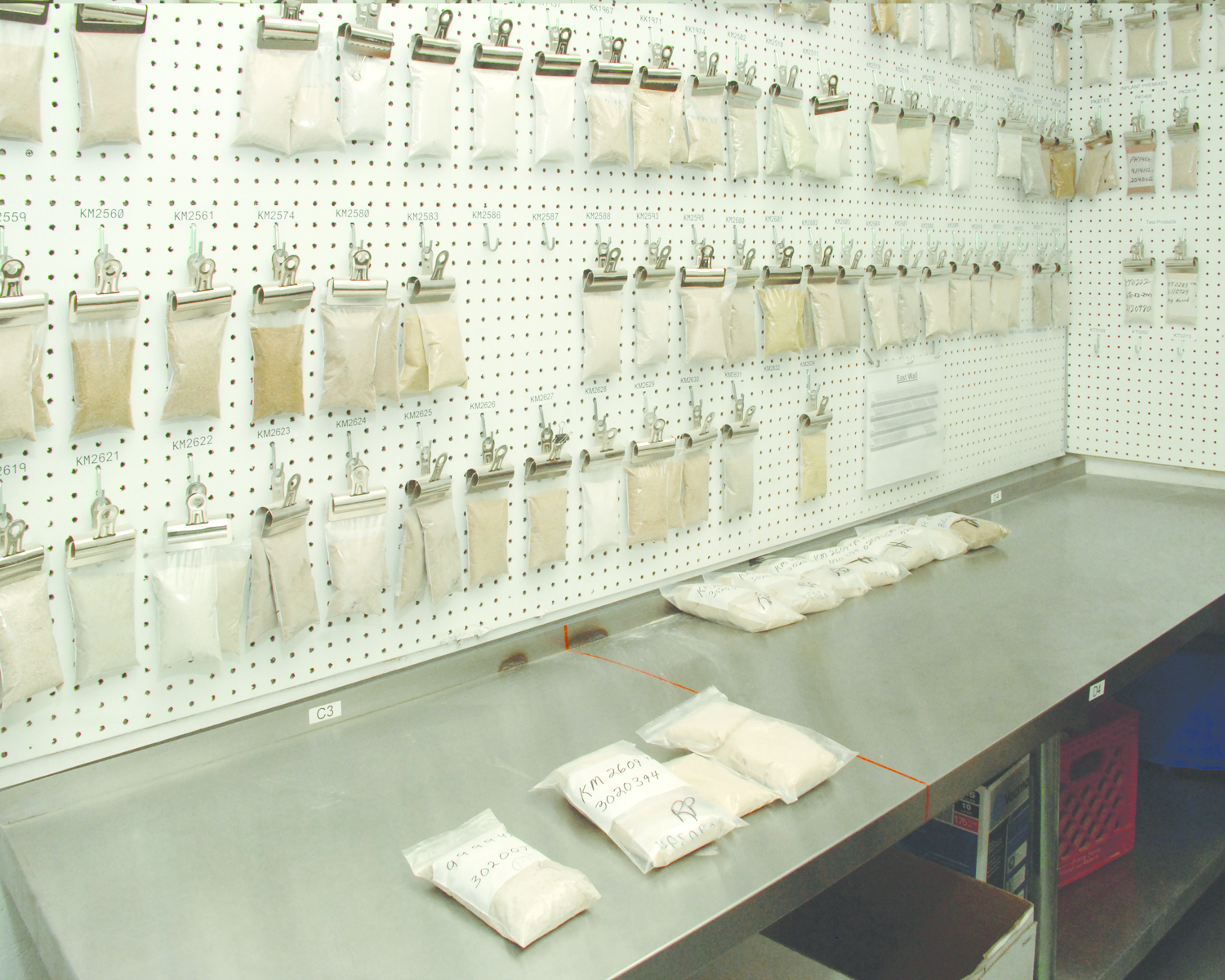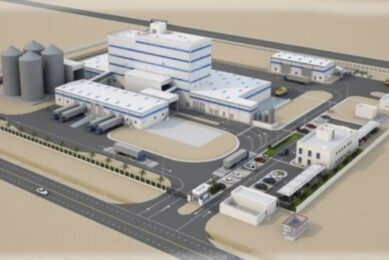Profits gained from rotary batch mixers

ADM Alliance Nutrition runs about 1,100 ?premixes from 400 different powdered ?ingredients largely for pet food producers. Location manager Kyle Taylor explains how these premixes are produced.
By Steve Knauth, marketing manager Munson Machinery
Our ingredient list is vast-zinc sulphate, zinc oxide, manganese, L-pheronine, riboflavin, lysine, assorted vitamins and minerals, and a host of other nutritional compounds, to name a few. The mixers we use to produce our blends are critical to the success of our business,” explains Kyle Taylor, ADM Alliance Nutrition location manager in Quincy, Illinois. Three of the company’s mixers are Munson Rotary Batch machines, that are over 30 years old and run 20/7.
Solid equipment
The 700 THS-110 model is the smallest of the plant’s three rotary batch mixers with 3.1 cu m capacity. The other two are rated at 5.1 cu m. The 700 THS-110 and 700 TS-180 machines can mix 2727 kg per batch, while the 700 THC-180 can mix 5,454 kg because of its more powerful motor and gearbox. Considering their longevity, maintenance has been light. “The machines are extremely robust, and don’t have a lot of moving parts. Due to their solid steel frames, alignment is precise. When parts do wear out, they are still readily available. We’ve replaced the main sprockets, chains, rollers and drive motors twice in the last 25 years,” notes Taylor, “and we replace the seals about once a year on average.” Unlike the company’s agitated mixers, the rotary batch mixers do not heat the material, preventing delicate and expensive additives, such as vitamins with time-release coatings, from breaking down. Individual product campaigns or runs on the rotary batch mixers average between 0.9 and 2.7 tonnes, but can go as high as 27 tonnes for bulk loads, which are packed into pneumatic trucks that customers provide. Smaller batches are packed either in 454 kg to 1,000 kg bulk bags or standard bags in the 9-27 kg range. The company has three bagging lines and four bulk bag lines. At an average six minutes per batch, ADM completes about 60 batches per day.

Three of the company’s mixers are Munson Rotary Batch machines, that are over 30 years old and run twenty hours per day, seven days a week.
Ensure homogeneity
Mixer studies are commonplace at ADM to evaluate homogeneity of batches to ensure that each customer gets the same quality of product time after time. To do so, small samples of the batch are taken from various areas of the mixer (around 15 typically), and the number of particles of each ingredient are counted. The number of counted particles in each sample is compared to the average (mean) of the batch recipe. A lower coefficient of variation (CV) number is preferred indicating the samples are close to the desired theoretical perfectly homogenous blend, and variation is small throughout the batch. That is, homogeneity is consistent throughout the batch. Typically, any CV below five is considered a high quality blend. For example, in two typical studies of the rotary batch mixers at ADM, the CV numbers came out below five – 4.01, 4.18, 4.30, 1.49 – indicating high batch quality and homogeneity. “Assays are an important part of the quality control programme we’ve developed together with our customers over the years,” explains Taylor. While the ADM plant is considered “feed-grade,” high-tech quality and other controls are moving it toward food-grade. “Companies involved in companion animal feed are going toward that way of doing things. The rotary batch machines at ADM have been mixing heavy volumes for decades, and will likely continue for decades to come,” he says.
[Source: AllAboutFeed magazine Vol 22 nr 3, 2014]











